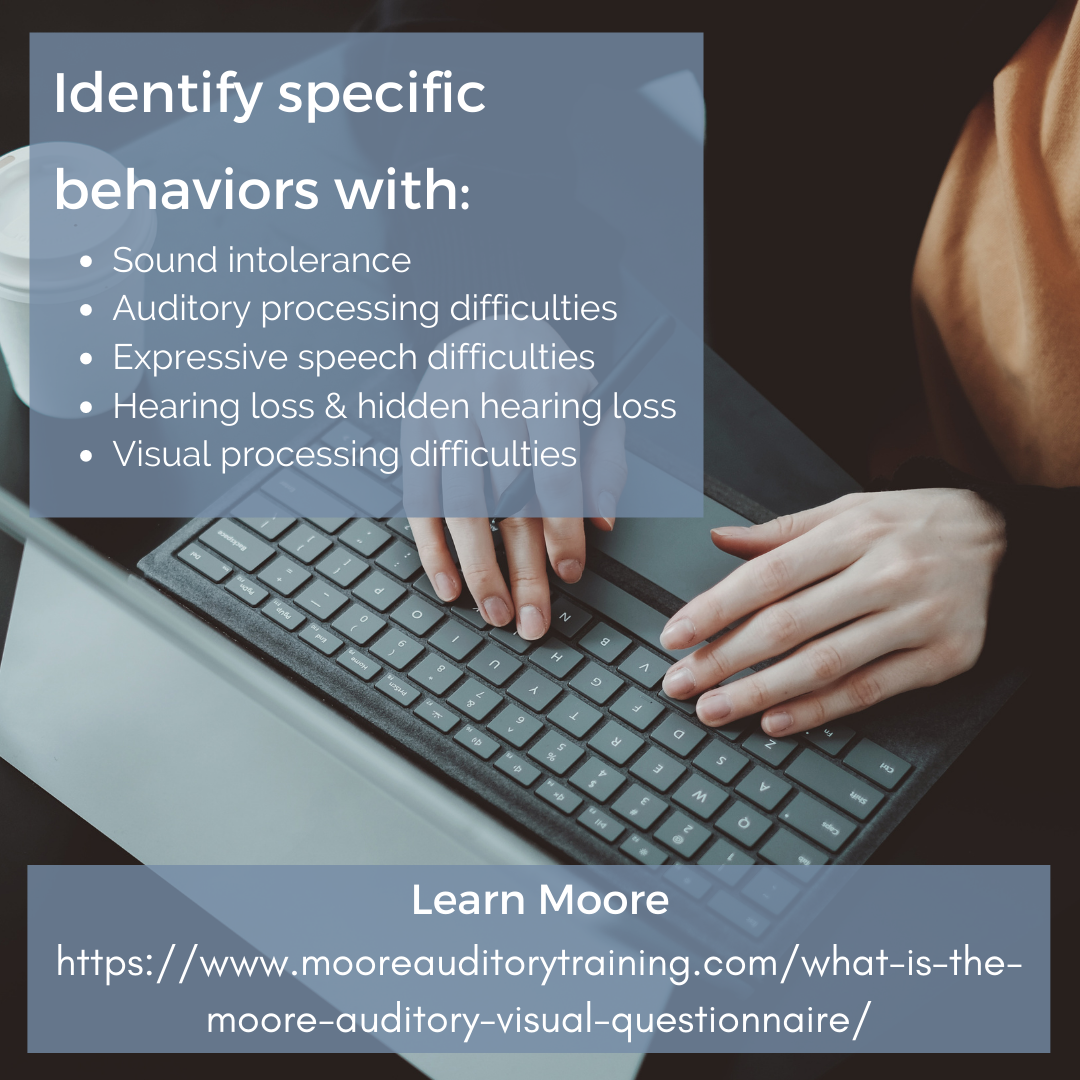Several news outlets recently reported on a PloS Medicine study which concluded that a large pandemic can be prevented with three behaviors: social distancing, hand washing, and mask-wearing. However, the suggested way the medical professionals recommended to change behavior was simply “education.”
Those of you in the behavioral sciences and related fields know that education, or simply “knowing” information oftentimes isn’t enough. A host of other contingencies are at work beyond “knowledge” that affect what we do.
Along these lines, Alison Stapleton, of University College Dublin, recently published an article in the Journal of Contextual Behavioral Science on the role of rule-governed behavior and the spread of COVID-19. She noted, “as authorities establish rules and restrictions to reduce the spread of COVID-19, it is important to understand what makes adherence more probabilistic.”
In other words, just because people have a rule for something doesn’t mean they will follow it. Below are six factors prominent in the rule-governed behavior literature that have been shown to impact rule-following, according to Alison.
Speaker Credibility. The extent to which one perceives (i.e., thinks or tells themselves) someone as credible or knowledgeable on an issue can impact the degree to which listeners follow their rules. A person can come to perceive someone as credible or not through direct experience with the person, or through purely verbal means as found on social media, television, social circles, and the like (i.e., derived relational responding). Among the various studies cited as evidence were two by behavior analysts across the United States and Ireland, published in the Psychological Record and Behavior Modification. Across the two studies, changes in rule-following were observed as a function of the rule source (e.g., a college student vs a Catholic priest).
Authority and Reinforcer Availability. Stapleton suggested that the ability of, or perception of, the speaker, or rule-giver, to mediate consequences specified in the rule can affect the degree to which the rule is followed by listeners. She cites as evidence, research from Relational Frame Theory published in the Psychological Record showing continued rule-following even when it was not advantageous to the participants, simply because they were being monitored and given verbal reprimands if they didn’t follow the rules.
Rule Plausibility. Rules are less likely to be followed if listeners perceive the consequences stated in the rules as implausible. Stapleton noted, “if a rule’s relational network is contradictory or incoherent with the listener’s learning history, it is less likely to be followed.” She also cited supporting evidence from treatment adherence studies highlighting the methods in which treatment providers explain a particular treatment in ways that are understandable to patients and stakeholders. Moreover, recent research has shown that the degree to which someone is sensitive to reinforcement and punishment contingencies (i.e., consequences of behavior) is heavily influenced by rules generated by participants concerning those contingencies.
Insufficient motivative augmental control. Simply stated, if a listener isn’t motivated to follow a rule, they won’t do it. It sounds obvious enough, but the more important question concerns the conditions under which motivation is affected. We know that consequences that may be in the distant future can come to influence a listener’s actions if you can tie those distant consequences to effective rules (i.e., motivative augmentals). Studies describing how physicians ensure their patients take their medical conditions seriously are some examples of the power of motivative augmentals.
The behavior isn’t habitual. Stapleton described habitual behavior as those that are largely automatic, inflexible, and occurs over a variety of situations. For example, a rule telling people not to shake hands in meetings in order to prevent the spread of COVID-19 may be less likely to be followed since it involves overriding the habit of handshaking. She suggested that intentional self-monitoring is necessary to break the effects that habits have on rules. In addition, she suggests that such rules can be more effective if they specify an alternative response to the habit (e.g., waving instead of shaking hands).
Counterpliance. In short, counterpliance is doing the opposite of what someone says. More specifically, pliance is a type of rule-following in which the consequences for doing so are mediated by another person. Thus, counterpliance refers to following socially-mediated rules that are in opposition to another rule and has been likened to the research on “reactance” in social psychology. Broadly speaking, we can see counterpliance across the United States, from the President himself, in his defiance of medical recommendations, and the many confrontational incidents across the country involving active resistance and violence in response to mask requirements.
Alison hopes that her recommendations can guide effective policies towards the reduction of COVID-19. To read her full article in JCBS click here.
What do you think of her recommendations? Let us know in the comments below, and be sure to subscribe to bSci21 via email to receive the latest articles directly to your inbox.
Read Original Post
Author: bsci21










